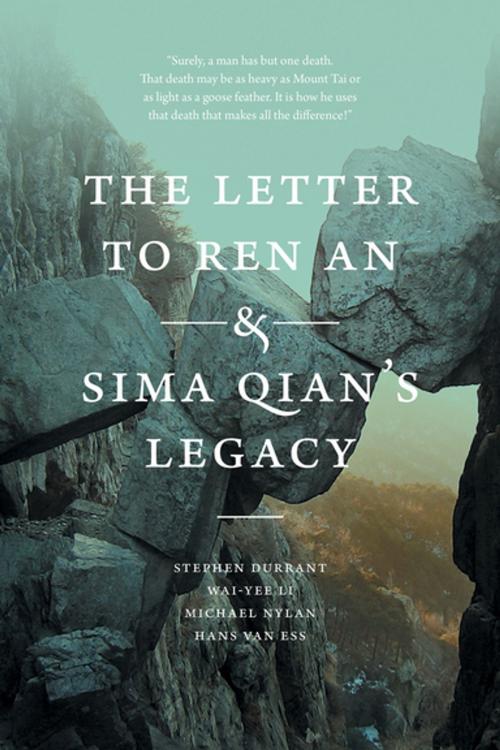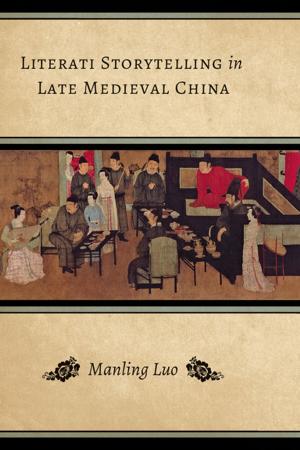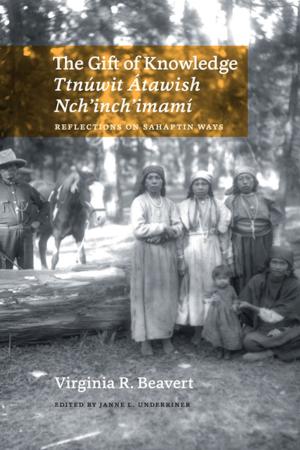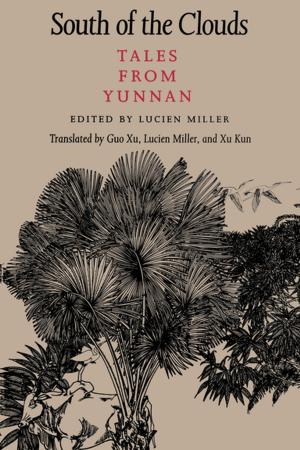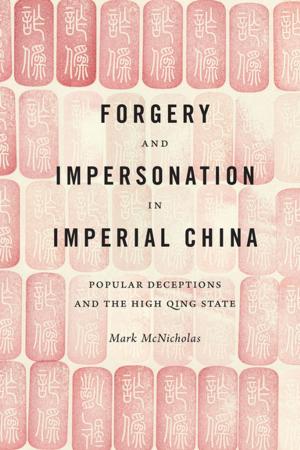| Author: | Stephen Durrant, Wai-yee Li, Michael Nylan, Hans van van Ess | ISBN: | 9780295806389 |
| Publisher: | University of Washington Press | Publication: | April 18, 2016 |
| Imprint: | University of Washington Press | Language: | English |
| Author: | Stephen Durrant, Wai-yee Li, Michael Nylan, Hans van van Ess |
| ISBN: | 9780295806389 |
| Publisher: | University of Washington Press |
| Publication: | April 18, 2016 |
| Imprint: | University of Washington Press |
| Language: | English |
Sima Qian (first century BCE), the author of Record of the Historian (Shiji), is China’s earliest and best-known historian, and his “Letter to Ren An” is the most famous letter in Chinese history. In the letter, Sima Qian explains his decision to finish his life’s work, the first comprehensive history of China, instead of honorably committing suicide following his castration for “deceiving the emperor.” In the twentieth and twenty-first centuries, some scholars have queried the authenticity of the letter. Is it a genuine piece of writing by Sima Qian or an early work of literary impersonation? The Letter to Ren An and Sima Qian’s Legacy provides a full translation of the letter and uses different methods to explore issues in textual history. It also shows how ideas about friendship, loyalty, factionalism, and authorship encoded in the letter have far-reaching implications for the study of China.
Sima Qian (first century BCE), the author of Record of the Historian (Shiji), is China’s earliest and best-known historian, and his “Letter to Ren An” is the most famous letter in Chinese history. In the letter, Sima Qian explains his decision to finish his life’s work, the first comprehensive history of China, instead of honorably committing suicide following his castration for “deceiving the emperor.” In the twentieth and twenty-first centuries, some scholars have queried the authenticity of the letter. Is it a genuine piece of writing by Sima Qian or an early work of literary impersonation? The Letter to Ren An and Sima Qian’s Legacy provides a full translation of the letter and uses different methods to explore issues in textual history. It also shows how ideas about friendship, loyalty, factionalism, and authorship encoded in the letter have far-reaching implications for the study of China.
